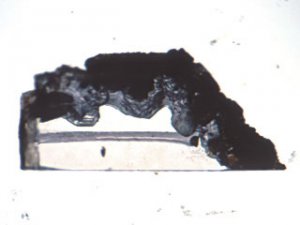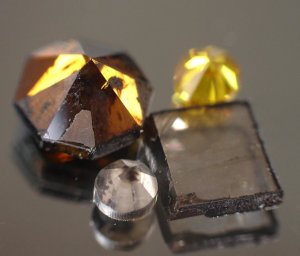coatimundi_org
Ideal_Rock
- Joined
- Dec 9, 2007
- Messages
- 6,281
Anyone work in CVD?
I'm fascinated by this process. We just learned a very brief bit about this at GIA. (I'm doing the G.G. program)
When will we see cuttable quality CVD enter the market?
Seems like the possibilities are endless when it comes to colored diamonds. How do you think this will effect the value of rare colors like pinks and reds?
How fast can they grow stones using this method?
I'm also interested in the impact CVD will have on computer technology. Will we someday have diamond chips in our home/personal computers?
Do CVD created stones have the same growth patterns as HPHT? With the absence of metallic flux, what type of inclusions might we see in these stones?
I'm fascinated by this process. We just learned a very brief bit about this at GIA. (I'm doing the G.G. program)
When will we see cuttable quality CVD enter the market?
Seems like the possibilities are endless when it comes to colored diamonds. How do you think this will effect the value of rare colors like pinks and reds?
How fast can they grow stones using this method?
I'm also interested in the impact CVD will have on computer technology. Will we someday have diamond chips in our home/personal computers?
Do CVD created stones have the same growth patterns as HPHT? With the absence of metallic flux, what type of inclusions might we see in these stones?








300x240.png)